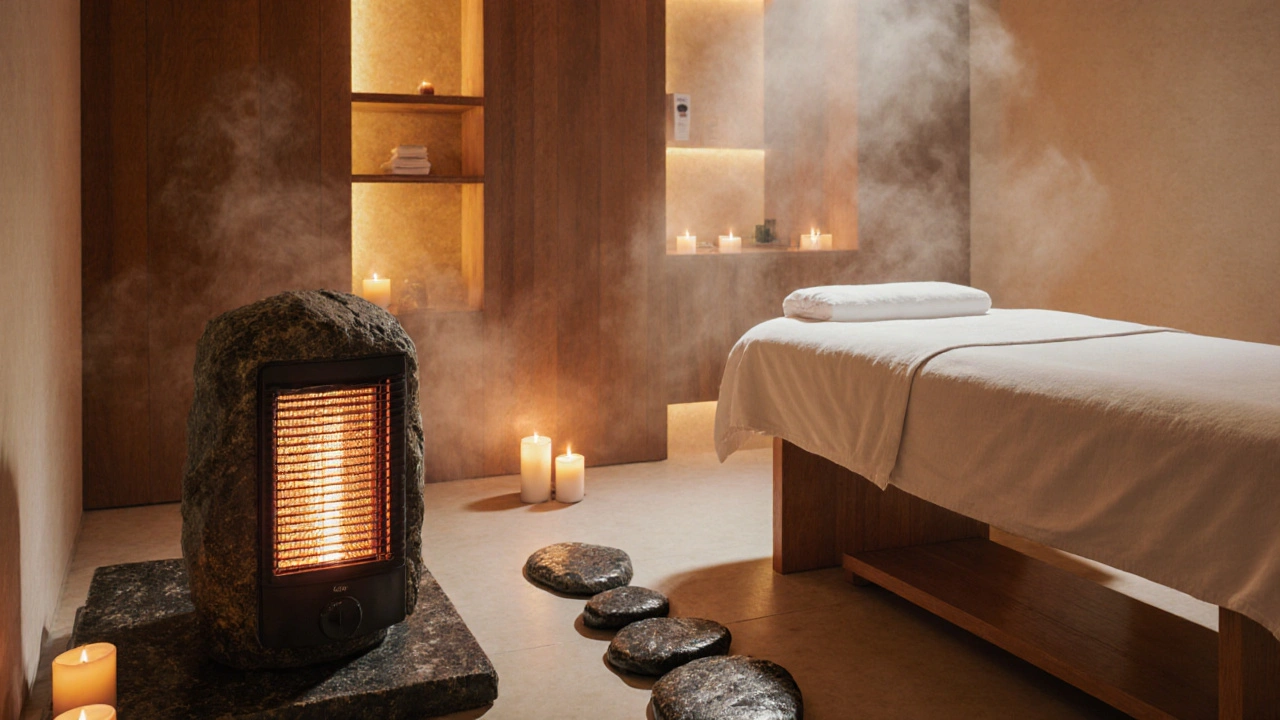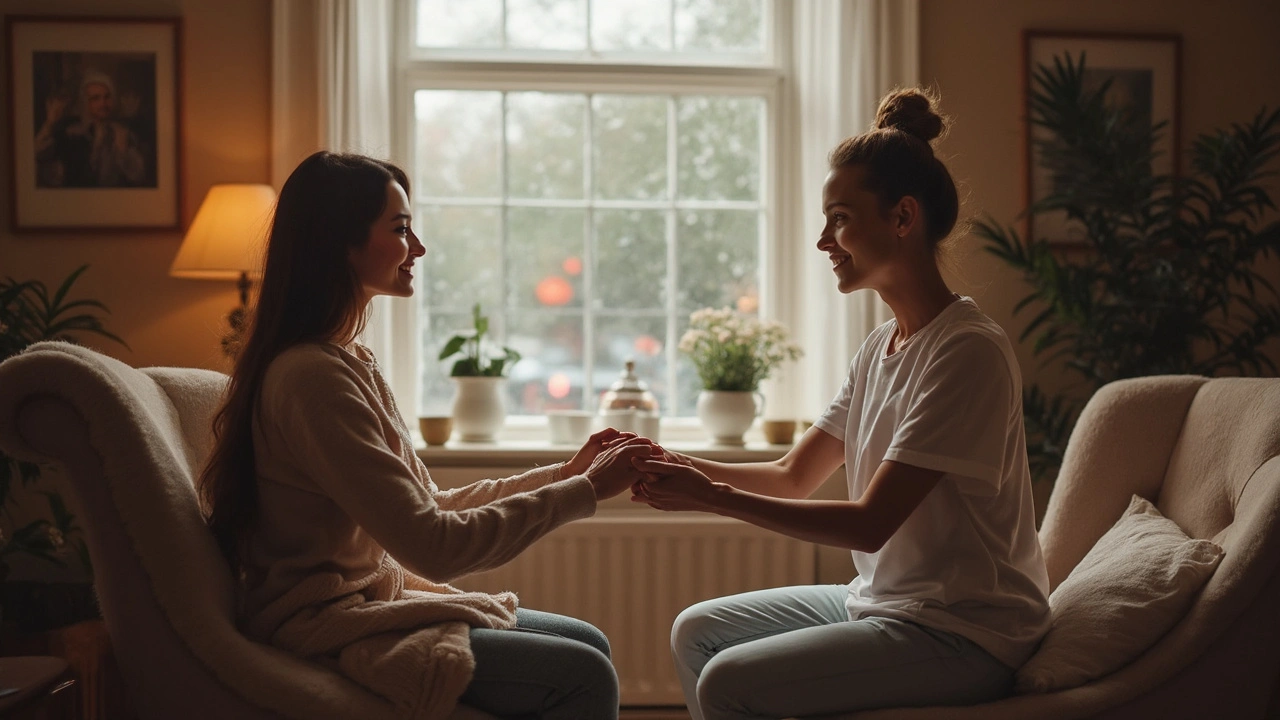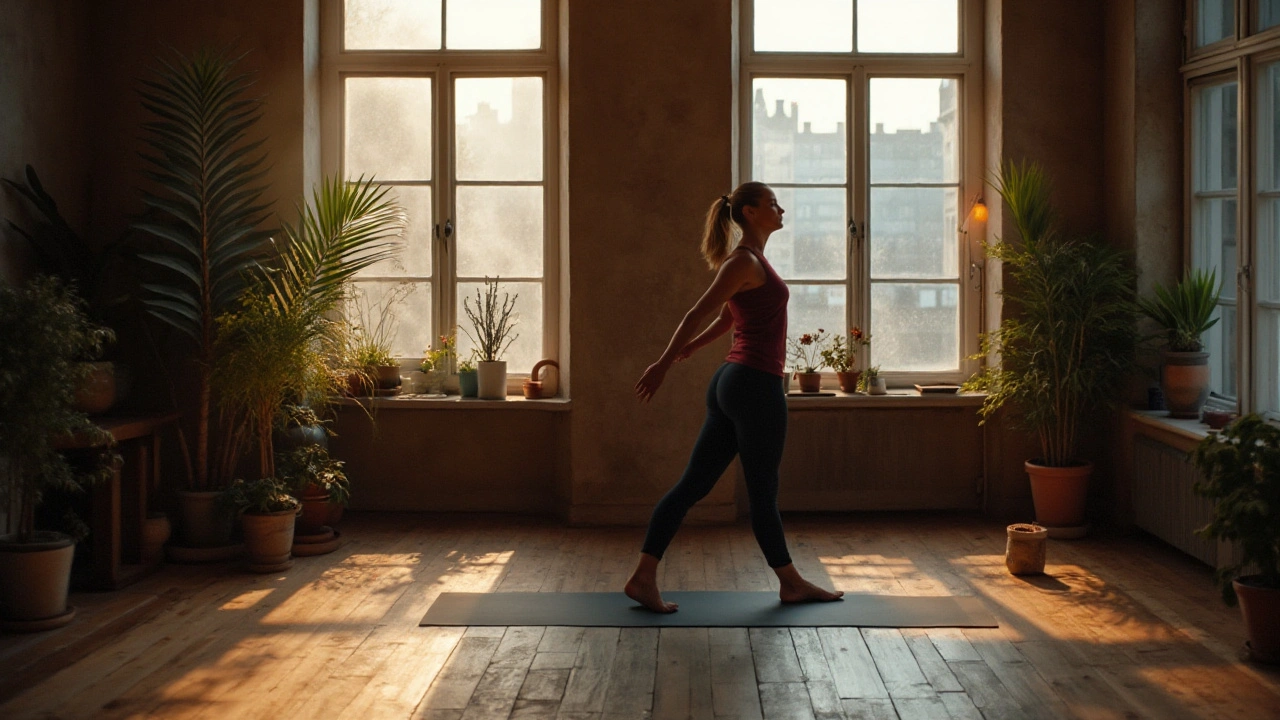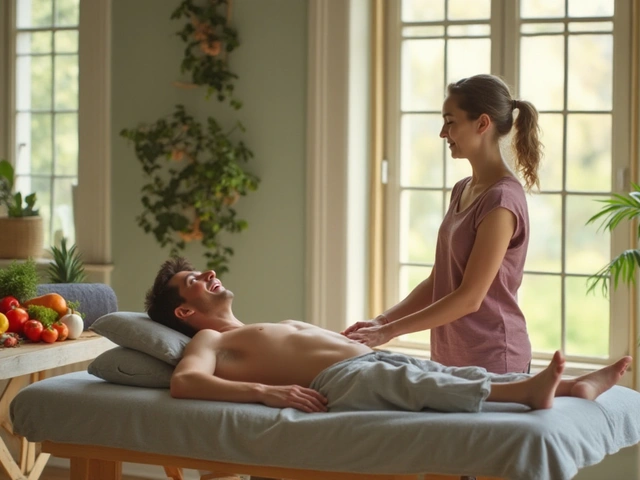Benefits of Massage and Bodywork: What Actually Changes
Want results fast? Massage and bodywork do more than feel nice. Targeted sessions can reduce muscle pain, help you sleep better, ease stress, and improve how you move. Below I break down what different therapies actually do, so you can pick the right one and get real benefits without guessing.
How these therapies help your body
Pain relief: Techniques like trigger point massage, Ortho-Bionomy, and deep structural work (think Rolfing or Hellerwork) focus on tight spots and movement patterns. Trigger point work attacks knots to free up range of motion. Ortho-Bionomy uses gentle repositioning to stop pain signals and let your nervous system relax. If back pain is the main issue, Amma or targeted stone therapy can reduce tension quickly.
Stress and sleep: Slow, rhythmic therapies—Lomi Lomi, warm stone massage, and some acupressure sessions—calm the nervous system. That lowers stress hormones and helps you fall asleep deeper. People who book massage before bed often report better rest the same night.
Movement and posture: Somatic methods like Feldenkrais and Hellerwork train how you move, not just where you hurt. That improves posture and reduces repeated strain. If you do yoga or sports, Feldenkrais can boost flexibility and awareness without aggressive stretches.
Recovery and fitness: Sports-focused options and techniques used after workouts speed recovery. Amma massage, targeted soft-tissue work, and proper use of hot/cold stones ease soreness so you can train more consistently. Short sessions after tough workouts often cut next-day stiffness.
Emotional and end-of-life comfort: Palliative massage and healing-touch approaches focus on comfort rather than fixing problems. They lower anxiety, ease breathing, and make difficult moments more bearable. These sessions matter when medical care needs a human, calming layer.
Pick the right session and get results
Match the method to your goal. Want fast pain relief? Try trigger point, Amma, or focused deep-tissue work. Want better movement or posture? Look into Feldenkrais, Hellerwork, or Rolfing. Curious about a cultural tradition? Hilot or Lomi Lomi brings both technique and ritual, and can feel deeply restorative.
Practical tips: Tell your therapist your top three complaints and what you do every day (desk job, running, poor sleep). Ask about session length—30 minutes targets problem spots, 60–90 minutes lets a therapist work more deeply. Hydrate after sessions, move gently for 24 hours, and book follow-ups based on progress, not promises.
If you want to try something now, skim our guides on specific methods—acupressure for headaches, warm stone for winter blues, or cupping for tight shoulders—to match a benefit to a simple first step. Pick one clear goal, try one focused session, and measure one change: less pain, deeper sleep, or easier movement. That’s how you know it worked.

Stone Therapy Guide: Benefits, Techniques & FAQs
Discover the full picture of stone therapy, from hot and cold stone massage to crystal healing, benefits, safety tips, DIY guidance, and FAQs in a concise, human-friendly guide.

Blind Massage: What Sets It Apart as a Healing Technique?
Blind massage isn’t just a regular spa treatment; it’s built on the remarkable skills blind therapists develop through heightened touch. This article explores what makes blind massage so special, how it works, who can benefit, and tips on finding the right practitioner. Expect practical tips, real-life insights, and lived experience from both therapists and clients. You’ll walk away with a whole new perspective on this unique healing technique.

Unlocking the Benefits of Feldenkrais Method Training
Feldenkrais training offers a unique approach to enhancing body awareness and movement. By focusing on gentle exercises and mindfulness, it helps improve both physical and mental wellbeing. Discover how this method contributes to better posture, pain relief, and flexibility, while also fostering a deeper connection with one's body. Ideal for those seeking alternative therapies, Feldenkrais provides long-term benefits without invasive treatments.
Categories
- Health and Wellness (148)
- Alternative Therapies (86)
- Massage Therapy (40)
- Travel and Culture (15)
- Beauty and Skincare (9)
- Holistic Health (8)
- Health and Fitness (5)
- Spirituality (5)
- Other (2)
- Personal Development (2)



